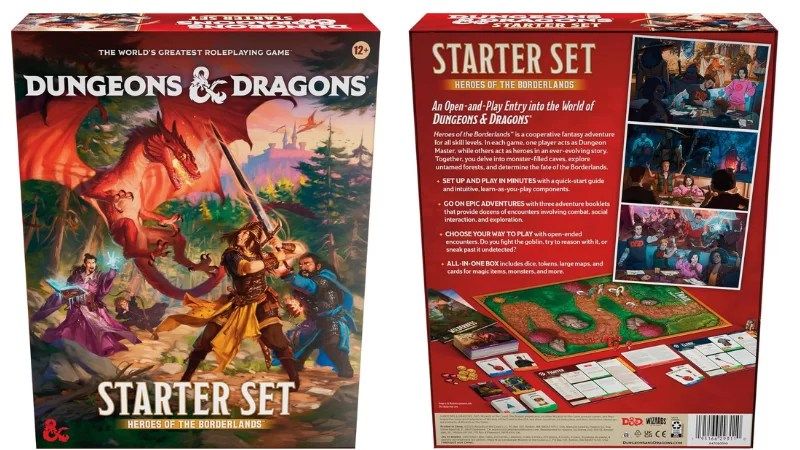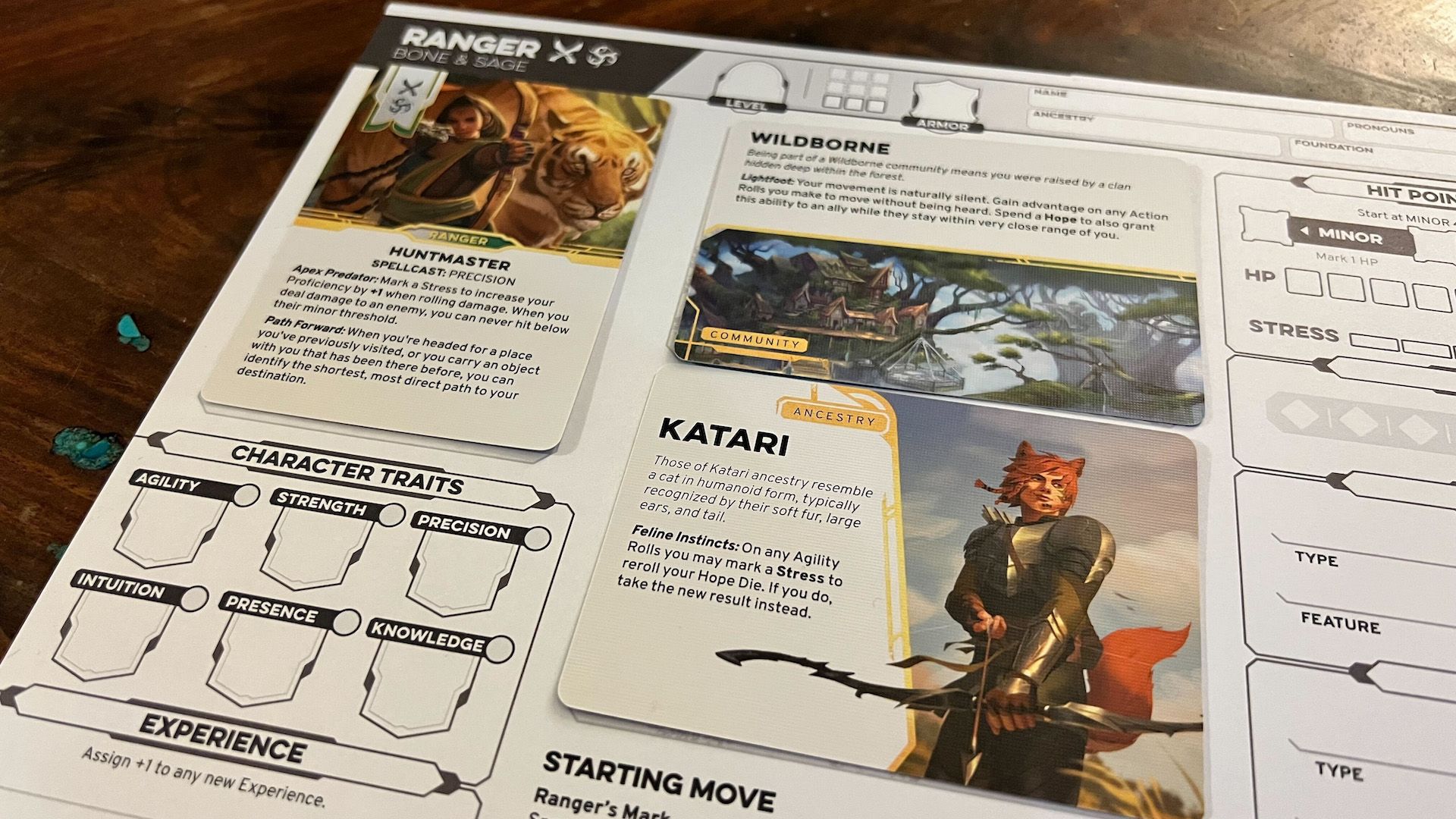DnD and Critical Role have entered their TTRPG Cold War era

Tabletop role-playing games fans usually get their excitement from letting their imagination run free and living amazing adventures from the comfort of their homes. However, that excitement is spilling out into the real world as some noticeable momentum is rocking the status quo in the TTRPG industry.
Earlier this year, the two biggest designers responsible for the fifth edition of Dungeons & Dragons, Chris Perkins and Jeremy Crawford, left Wizards of the Coast to pursue new professional avenues. In June, the two were presented as the new creative director and game director for Darrington Press, the tabletop-games publishing arm of Critical Role. This came on the heels of the official release of Critical Role’s first TTRPG: Daggerheart. After the group became famous for playing D&D on their successful actual play show, which spawned a multimedia sensation, they are now ready to offer an alternative for gamers.
Chirs Perkins and Jeremy Crawford with the Critical Role crew
While I love drama just as much as anyone else, one thing must be clear: The two sides are not at odds. Critical Role and Wizards of the Coast are still working together, and Mercer & Co.’s recently announced Campaign 4 will likely be using the D&D system like the three previous ones. Perkins and Crawford continue to appear in official D&D posts on social media and at other promotional events. Both parties have made it clear that their relationship is as amicable as possible. However, just like during the Cold War, it seems that the TTRPGs world will now be gravitating around two superpowers whose choices and actions will, in large part, influence the future of the industry. And among the two sides, one seems a lot more active and bolder than the other.
After the announcement on Aug. 4 that Brennan Lee Mulligan will be the dungeon master for Critical Role’s campaign 4, it’s undeniable that, as we wrote in our coverage of that news, “When it comes to dominating the TTRPG scene, Critical Role can’t stop, won’t stop.” They have now officially assembled an all-star team that will make comparisons with the Avengers trite but inevitable. But if Critical Role has become the World’s Mightiest Heroes of TTRPG, then what about Wizards of the Coast? The company that, you know, owns the rights to the game that made Critical Role a thing?
Marvel Comics fans with a mischievous attitude may be quick to compare Wizards with the Champions or even the Great Lake Avengers, but the company is actually not sitting on its hands. On June 30, Dan Ayoub, who recently became the head of the Dungeons & Dragons franchise for Wizards, shared a post on D&D Beyond, aptly titled “D&D’s New Direction.” After acknowledging the importance that D&D had in his life and career, Ayoub wrote: “I’m here to open a dialogue with you – the players, Dungeon Masters, live stream watchers, and storytellers.” He then moved to list the four core points of this strategy: a reassurance that the D&D 2024 rules do not replace 5e but enhance them; the promise to update the System Reference Document (SRD) regularly; the reveal that the Maps virtual tabletop system will be free for all D&D Beyond users, starting Sep. 16; the announcement of a new initiative “to create a rotating advisory group made of creators, publishers, educators, and fans,” which will help the company shape future tools, policies, and products.
The point about the SRD will surely reassure the many creators who publish their own D&D products under the Creative Commons license, and making Maps free will improve many online games, but the final point looks like the most interesting. After having lost its top creative minds (as a reminder, Mike Mearls, another lead designer for 5e, left in 2024 for rival Chaosium,) Wizards’ D&D department clearly has to think about the future carefully and design a strategy that will let the product move forward without being offset by these losses. And the hits keep coming: The creator of the Eberron setting, Keith Baker, will design an original Daggerheart setting, while Crawford and Perkins are also developing their own setting for Darrington’s game. It seems that Wizards’ strategy will be to get the community and its most active members more involved. A grassroots approach may truly bring a fresh perspective to the product and push it in unexpected directions, but it will be interesting to see how it will clash with a company that has acquired a reputation for being ruthless and profit-driven in the eyes of those same fans it now wants to involve.
Again, there is no official competition between Critical Role and Wizards of the Coast. Daggerheart is still a newborn game, and even the great sales numbers from its release do not guarantee that it will ever reach the popularity and diffusion of Dungeons & Dragons. However, the latter’s recent mainstream success was built on a number of factors (hello, Stranger Things!) that include Critical Role’s popularity. What happens when Mercer, Willingham, Bailey, Riegel, etc., decide to put all their efforts into pushing their own game?
And even if we discard an hypothetical “D&D vs. Daggerheart” scenario, with the moves that Critical Role is making, at the very least Wizards should be worried, from a brand perspective, that the product it labels “The world’s greatest role-playing game” could soon be associated more easily with a third party than with the company that owns it.







